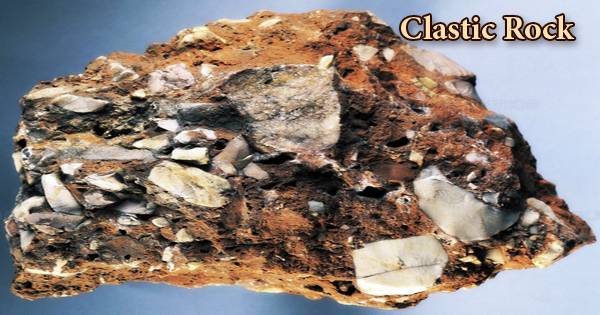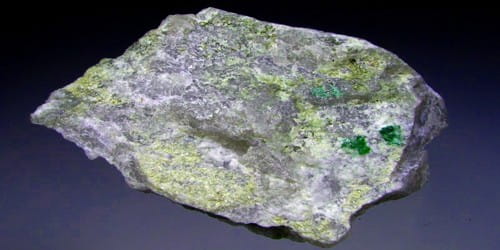Massicot is lead (II) oxide mineral with an orthorhombic lattice structure. It is a yellow form of lead monoxide, used as a pigment. It is a soft, powdery mineral, used in making rubber, glass, etc. Lead (II) oxide (formula: PbO) can occur in one of two lattice formats, orthorhombic and tetragonal. The tetragonal form is called litharge. PbO can be changed from massicot to litharge by controlled heating and cooling. Massicot can be found as a natural mineral, though it is only found in minor quantities. In bygone centuries it was mined. Nowadays massicot arises during the industrial processing of lead and leads oxides, especially in the glass industry, which is the biggest user of PbO.
The definition of massicot as orthorhombic PbO dates from the 1840s, but the substance massicot and the name massicot has been in use since the late medieval era. There is some evidence that the ancient Romans used the substance.
General Information
- Category: Oxide mineral
- Formula (repeating unit): PbO
- Crystal system: Orthorhombic
- Crystal class: Dipyramidal (mmm)
- Color: Yellow may have a red tint.

Properties
Massicot is a yellow earthy secondary mineral consisting of lead oxide. It forms by the oxidation of galena and other lead minerals as soft, yellow, earthy, or scaly masses that are very dense. At room temperature massicot forms soft (Mohs hardness of 2) yellow to reddish-yellow, earthy, scaley masses which are very dense, with a specific gravity of 9.64.
- Crystal habit: Scaly as incrustations, massive
- Cleavage: Distinct on {100} and {010}
- Fracture: Flexible
- Mohs scale hardness: 2
- Luster: Greasy to dull
- Streak: Yellow
- Diaphaneity: Translucent
- Specific gravity: 9.642 calculated
- Optical properties: Biaxial (+)
Occurrence: As an oxidation product of galena, bournonite, boulangerite, and other lead-bearing minerals.
It may occur as an oxidation product of other lead-bearing minerals such as galena, bournonite, boulangerite, either naturally or in industrial processing. When massicot is found in a natural environment, some other minerals that may be found with it may include cerussite, litharge, minium, wulfenite, oxides of antimony, and limonite.
It has been found in significant quantities at Badenweiler, Ger.; La Croix-aux-Mines, Fr.; the Transvaal, S.Af.; Perote, Mex.; and Leadville, Colo., U.S.
Association: Cerussite, litharge, minium, wulfenite, antimony oxides, “limonite”.
Information Source:
















